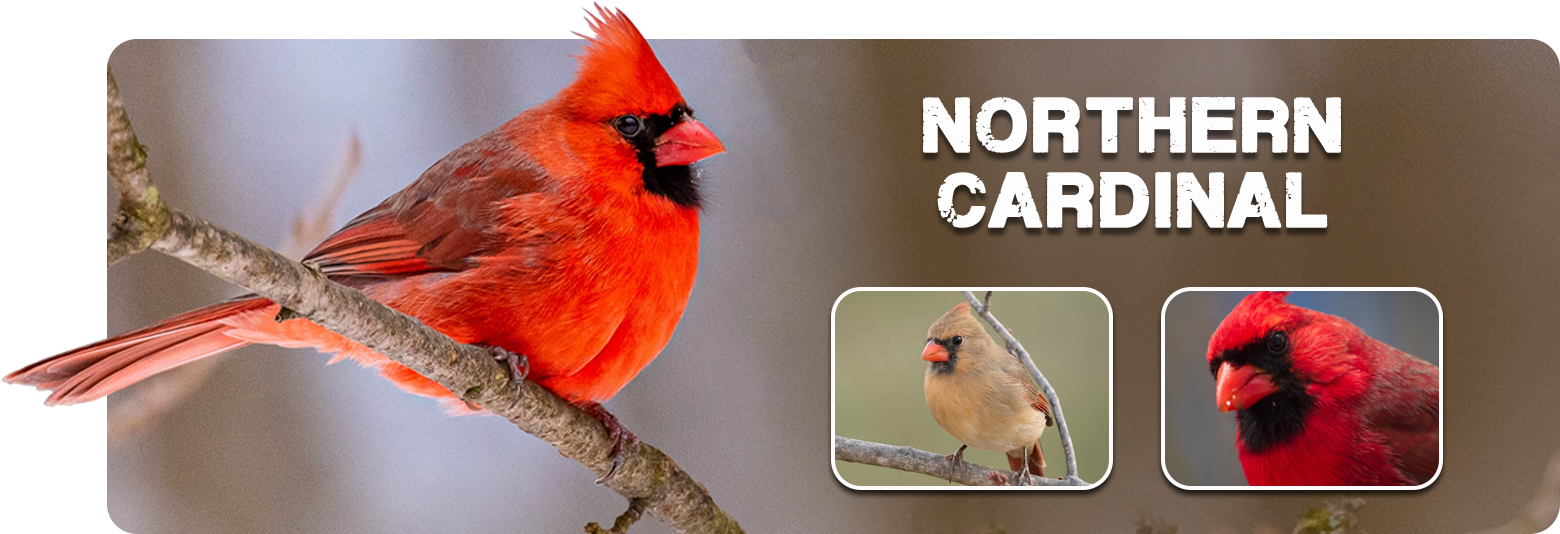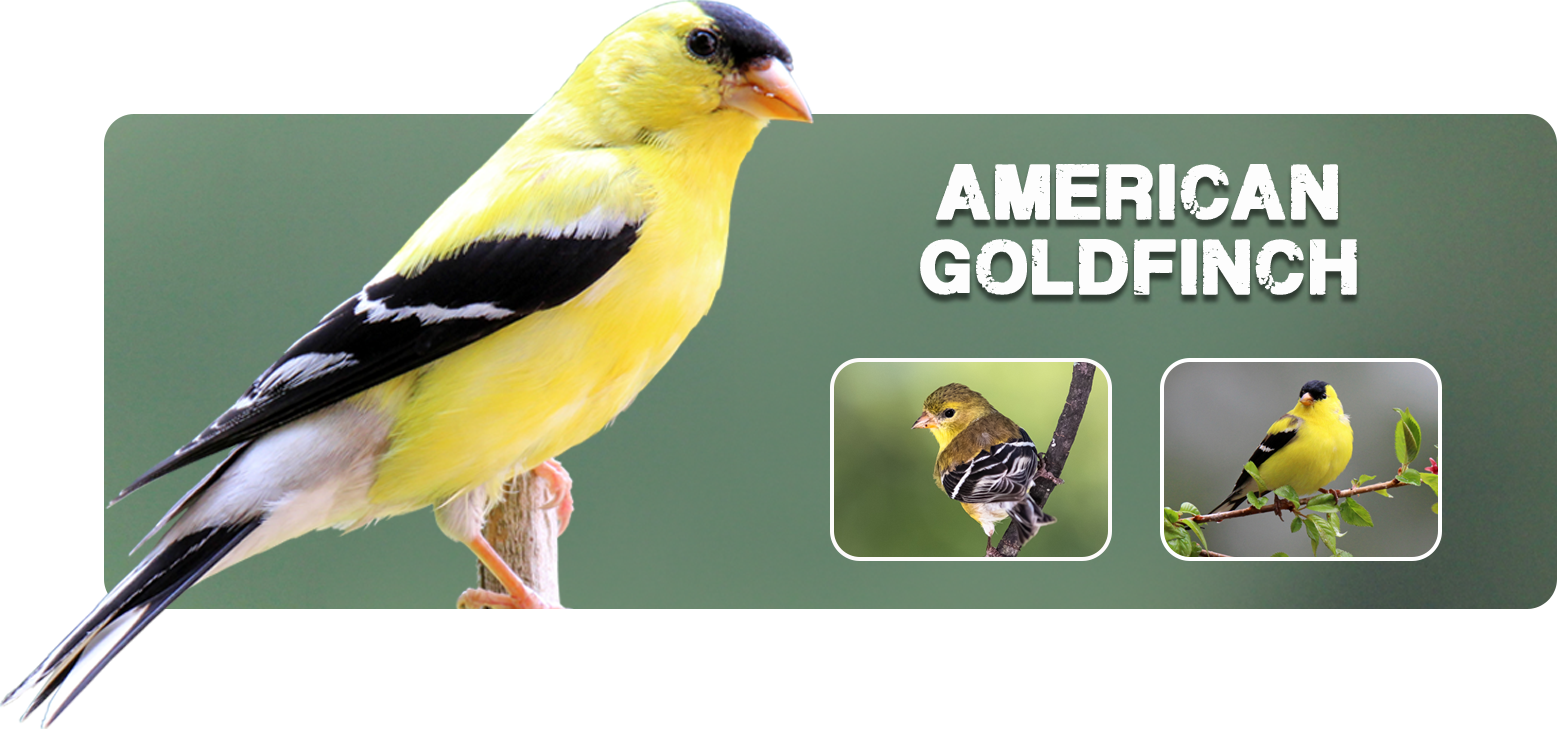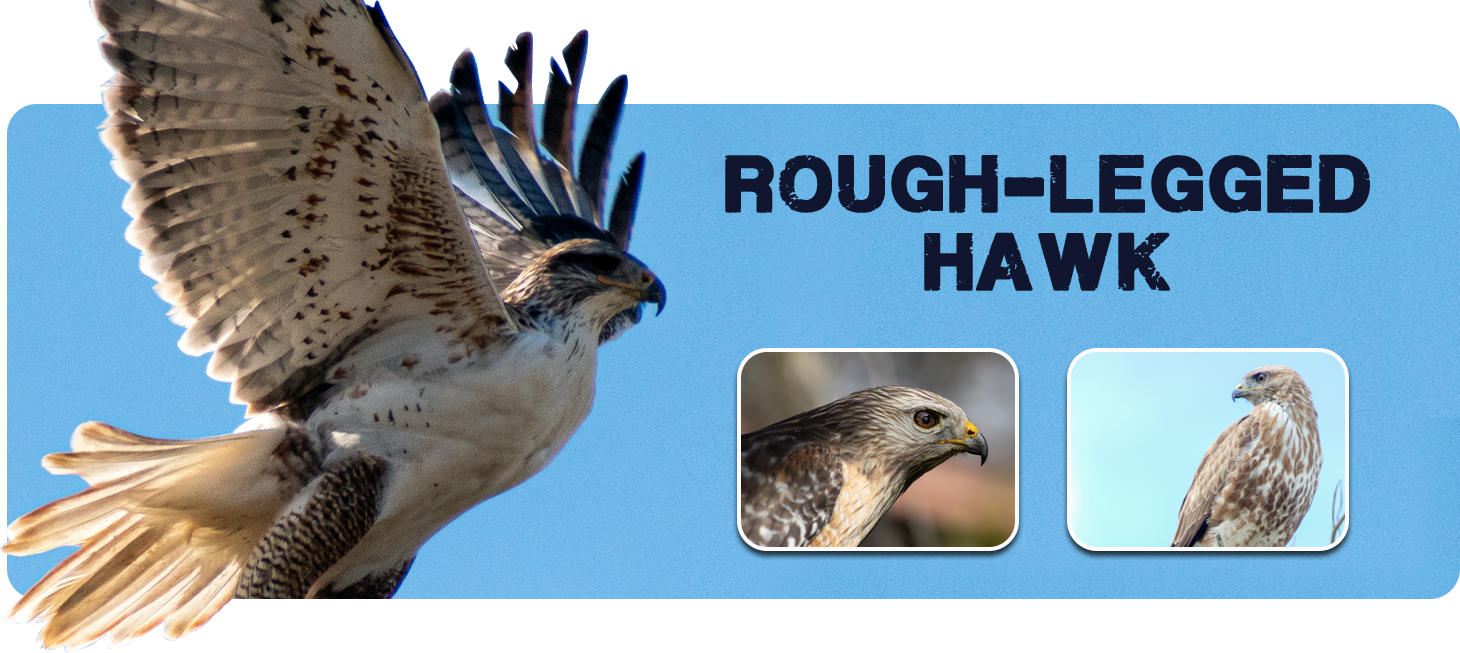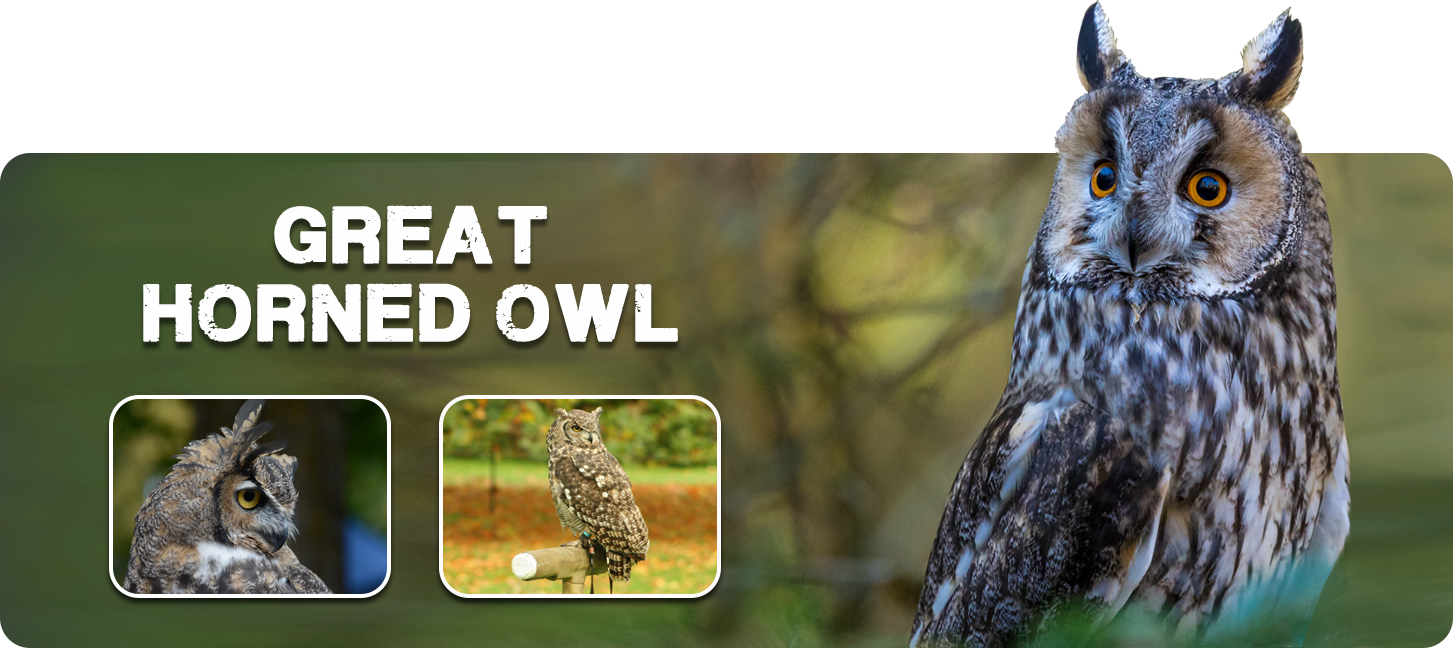Did you know the winter season is one of the best times to birdwatch? Many species will migrate from the North in search for warmer climate and food, especially near coastal areas. Over 60 different species of songbirds nad raptor can be seen throughout winter but there are more common birds you are more likely to see and enjoy observing. You don't need to be an expert birdwatcher or spend a lot on equipment to catch a glimpse. In fact, most of these birds can be sewen right from your own backyard.
Below are some of the most common birds you'll see in the winter. To make your birdwatching more enjoyable, all you will need are warm clothes, a field guide, and a good pair of binoculars.
The Northern Cardinal is arguably America's favorite "backyard bird." This species is so widespread that it's the state bird for not just one, nor two, but seven U.S. states!
These common birds bring vibrancy to Winter with their lively color and appeasing song. They can typically be found in a variety of brushy or semi-open habitats, where they look for dense bushes for nesting.
The Northern Cardinal is usually easy to spot with their bright red coat hopping around the East and Southeast regions of the country. Their population seems to be stable and possibly increasing due to the growth of houses being built and backyard bird feeds providing their nutrition — in this instance, favoring sunflower seeds. It's fairly easy to get a Northern Cardinal to your backyard!
The Blue Jay is definitely a musical songbird species who love to sing! If you hear raucous bird calls coming from your backyard during the Winter months, it's highly likely coming from the colorful Blue Jay. Contrary to their name, Blue Jays are not actually blue! Yes, to the human eye, we perceive them as blue; however, this is due to light scattering. When visible light strikes the feathers, all colors pass through the feather except blue — the blue color is reflected, so your eyes will see blue (credit: Bird Watching HQ). So in reality, Blue Jays have no blue pigment.
Another fun and quirky quality of this species is that Blue Jays like to take part in something called "anting" where they typically bathe themselves in ants. You're probably thinking "why would they do that?" Well, they rub ants over themselves because of a little thing called formic acid. Formic acid makes ants taste bitter. Not only are they able to enjoy a light snack after "anting" but the formic acid over their body also helps controls parasites.
These birds are commonly found in urban and suburban areas, as well as forests with oak trees. If you're looking to attract one to your backyard, consider leaving out acorns with your bird feeder and it won't be long before you hear the animated song of a Blue Jay.
The American Goldfinch — also known as the "potato chip" birds. Random, right? They got their "potato chip" nickname because of their most common call, often given in flight, which sounds like the birds are saying po-ta-to-chip (credit: All About Birds - The Cornell Lab of Ornithology). From there, a nickname was born.
Check out this video to hear a little snippet of a typical American Goldfinch call.
The American Goldfinch almost exclusively feeds off seeds, which makes backyard bird feeders a very desired attraction. They prefer thistles as well as milkweed plants — so, bonus points if you also have these in your backyard.
Fun Fact: The Rough-Legged Hawk gots its name because of their feathered legs, and this is tue to their adaptation to the North. These birds nest in the Arctic but migrate South as Winter visitors. So, during Winter months, it's surely common to spot one of these perching on a utility pole or flying over open fields and marshes. Rought-legged Hawks prefer to be solo or in a pair, but are rarely seen in large groups.
How do you identify one of these bold hawks? Well like many others, Rough-legged Hawks have both light and dark morphs. According to All About Birds: "Light morphs have pale underwings with dark patches at the bend of the wing. Females have pale heads and dark belly patches; on males the pattern is similar but more mottled. Dark morphs are mostly dark brown but usually show pale trailing edges to the underwing." Rough-legged Hawks are sized fairly large with a moderately small bill and longer tail. Try to catch a glimpse of them in flight to observe their patterned wingspan.
Found all within the United States, the Great Horned Owl is known to withstand harsh Winter conditions. These owls are known to be more on the aggressive side in terms of hunting. They will feed on vigorous prey such as hawks, snakes, rats, and go for scorpions. These species will even attack half-grown wild turkeys! With good hearing and good vision, the Great Horned Owls typically hunt at night or early dusk.
Want to spot one? Look for a pile of sticks perched about halfway up the trunk. Great Horned Owls are typically found in flat-tops after trees have been leafed-out. Also keep an eye out for their heightened ears — the loarge tufts often give their location away.
As hinted by its name, the American Kestrel is extremely common in North America. In fact, these birds also happen to be one of the smallest and most widespread falcons in the region. Although small, they won't be hard to spot with their narrow wings and square-tipped tail. Kestrels can typically be found perched on roadside wires and telescope poles in the open country or hovering over a field looking for their next prey. You can find them feeding on insects (such as grasshoppers) or even small mammals and reptiles (such as mice and lizards).
The next time you look up and think you've spotted a Morning Dove, look again — it may be an American Kestrel about to take flight and show off its falcon-like movements.






